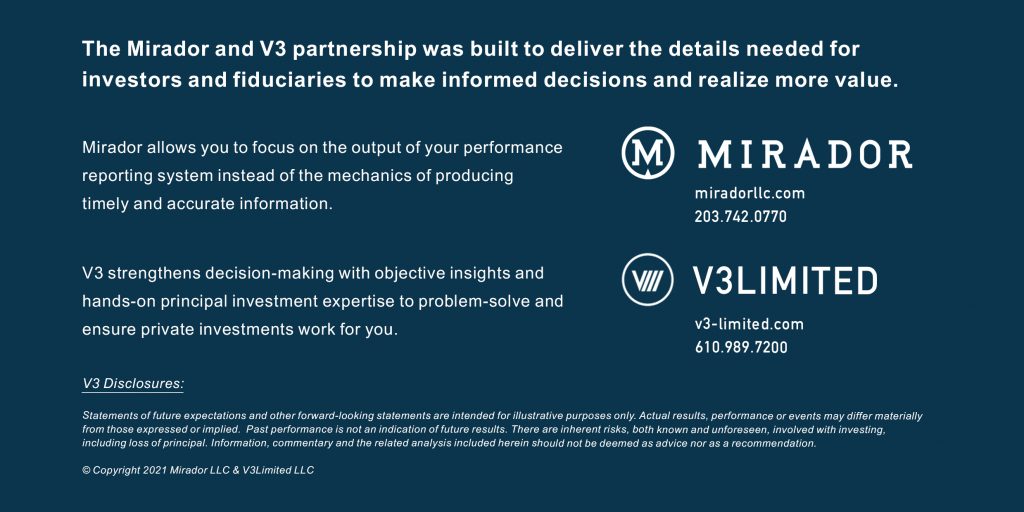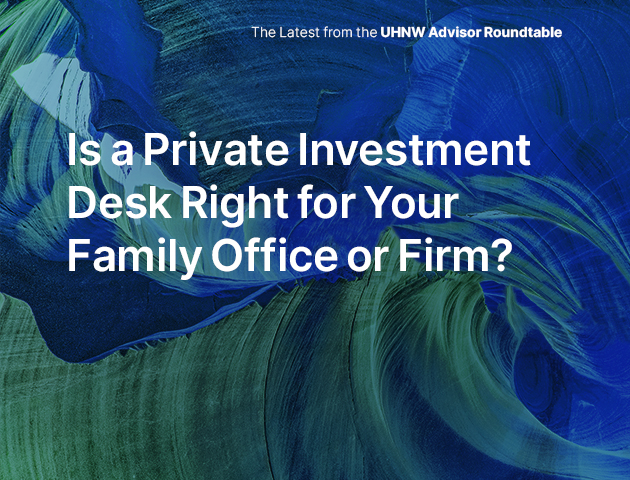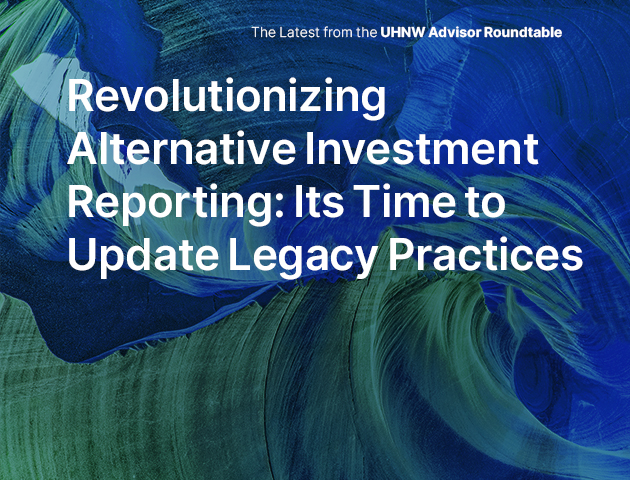Thought Leadership / Commentary / Excel On Sunday
Do You Spend Sunday in Excel?
For family offices, Excel on Sunday (EoS) is when a senior executive or family member spends a good part of their Sunday entering Private Market1 data into spreadsheets to prepare “basic” reports for family members and clients.

It’s important to understand both the cause and effect of EoS so family offices can take the right steps to address this commonplace and repetitive problem.
- EoS previously occurred “once in a blue moon” and engendered a bit of humor and a commiserating sigh of “been there, done that.”
- Risks are now becoming embedded in a family office’s reporting process. Hours spent entering basic information is taking valuable time away from addressing the highest risk and highest value matters on a timely basis.
- When EoS occurs, it is typically a clear indicator that a family office’s reporting on their Private Market investments is not providing the key information that the family and their executives need to make both the timely and smart decisions that drive long-term value creation.
1We define the Private Markets to include all illiquid private funds, fund of funds, and direct structured investments across all asset classes including buyout, venture, real estate and credit.
Why is EoS Happening?
1 – Private Market Allocations are Up
Numerous studies indicate that over the past decade, for the most part, families have:
- Increased $ allocations: from +/-10% to 30%-40% of total invested assets
- Increased # of investments held: 4x to 10x+ more than prior cycles
- Increased the range of vintage years held: from 7-10 year span to over 20 year span
We have observed private investments increasing from 5-15 “standard” holdings to often more than 120 “complex” holdings dating back to 2000 across diverse family ownership structures.
2 – New Strategies & Structures Abound
The number of relationships and responsible parties has ballooned:
- Legacy (material holdings from prior advisors/inheritances)
- Directs (including self-directed club deals with friends & family and “country club” deals)
- Increased breadth and depth of industry, size, ESG and next generation considerations
From having a few providers of Private Market funds, family offices now have a rolodex of sources that many find difficult to properly track.
3 – The Start-Up Mindset Remains
Single family and multi-family offices have remained for the most part “lean and mean” with staffing and expertise:
- Firms and families are holding on to how they built their wealth and business with “bootstrapped resources”
- We’ve observed continued “under-investment” in professionalized private investment reporting capabilities
We are now beginning to see family offices access the tools in the marketplace that provide cost effective “best-in-class” solutions.
What’s the Risk of EoS?
Working on Sunday can be demoralizing particularly when reports don’t capitalize on the “highest and best use” of a firm or family’s intellectual capital. Other key risks include:
1 – Operations: Single point/person risk
With all the information for private investments that must be gathered, reviewed, entered, and confirmed; having a single person (or even a couple people) handle the work (especially on a sporadic basis) has an unacceptably high “error rate.” Whether a senior family member or staff member, if that person is unavailable for even a brief period, important information can be missed or lost.
2 – Management: Expertise risk
Whether gathering, entering, or managing information for private investments, the data and systems are becoming more complicated. Best-in-class management principles assign the right expert at the right cost to do the right job. With all the manager communications, statements, capital calls, and tax filings; ensuring that all the right information is being received, then put in the right place, and most importantly, put in front of the right people takes thorough and complete domain knowledge and expertise.
3 – Strategy: Investment execution
We view this risk as the one most “swept under the carpet” and with potentially the highest long-term cost. The EoS process may help a family office executive pick up on some elements or facts of an investment, but in no way does it help develop or execute the complicated private investment portfolio and investment strategy that is now required for long-term strong performance. EoS is a very costly “resource black hole” and the damage done from missing opportunities or responding too late to issues can be at a cost that no investor should ignore.
EoS Insight: Private Market Reporting
Ever-increasing family office complexity requires that senior investment executives and family members put the proper tools in place to effectively and efficiently manage private investments. For serious investors, quality private investment reporting is simply “table stakes.”
Two simple facts have always hampered family offices; 1) the majority of reporting systems/processes have been designed only for public market securities; and 2) “bad” private investment reporting misses or omits valuable information.
So family offices need to ask if their reporting is answering these questions:
– How are our private directs really doing?
– Are our reports highlighting key risks? Or opportunities?
– What capital calls and distributions should we expect and when?
– Should we invest with this general partner or management team again?
We can help you answer all of those questions with an efficient and effective private market reporting solution for your family office.
Schedule a consultation with our experts.


 Posted by Mirador
Posted by Mirador





